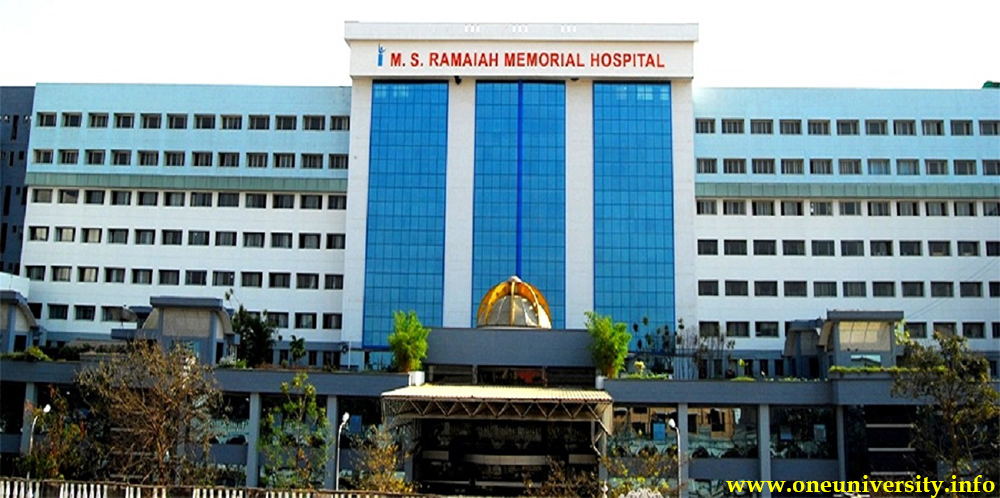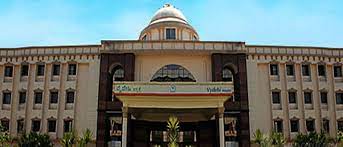Master of Chirurgiae in Plastic Surgery or M.Ch. Plastic Surgery is a 3-year long master degree course awarded as a postgraduate degree in the field of surgery. Candidates need to complete their graduation in a relevant discipline from a recognized university as a minimum eligibility criterion.
A semester-wise breakup of the course’s syllabus is tabulated below
| Semester 1 | Semester 2 | Semester 3 |
|---|---|---|
| History of Plastic Surgery and its broad scope at the present time | Growth and development changes in face, anatomy of facial skeleton. | Cleft Lip and Palate and Craniofacial Anomalies |
| Anatomy and functions of skin | Craniosynostosis, hypertelorism, craniofacial microsomia. | Embryology of head and neck ( excluding central nervous system ). |
| Split skin grafts and full thickness skin grafts, their take and subsequent behaviour | Leprosy deformities of face | Regional anatomy of head and neck. |
| Local skin flaps | Temporomandibular joint dysfunctions. | Cleft lip and palate, alveolar clefts. |
| Pedicled skin flaps and tubes | Fractures – nose, maxilla, mandible, zygoma, orbit – early management and treatment of sequelae. |
Velopharyngeal incompetence. |
| Unstable scar and scar contracture | Corrective Rhinoplasty | Orthodontics, speech therapy in cleft lip and palate. |
| Care of wounds, dressing, techniques and splints. | Facial paralysis | Principles of craniofacial surgery. |
| Congenital deformities of face and jaw bone. | Reconstruction of external ear. | Rare craniofacial clefts, Tessier clefts. |
| Semester 4 | Semester 5 | Semester 6 |
| Vasoformative lesions of the skin and adnexa | Reconstruction of full thickness defects of the abdomen and thorax | Thermal burns |
| Jaw tumours | Decubitus ulcer | Electrical burns. |
| Cancer of upper Aerodigestive system | Breast reconstruction | Chemical burns. |
| Malignant and benign tumours of head and neck. | Chemical peeling and dermabrasion. | Radiation burn |
| Reconstruction of mandible. | Blepharoplasty | Reconstruction of burn hand and upper extremity. |
| Reconstruction of maxilla | Aesthetic Surgery and Facelift. | Vasospastic disorders of hands |
| Tumour of skin | Abdominoplasty | Nerve compression syndromes. |
| Principles of prosthetic replacement of Jaw defects | Body contouring, liposuction. | Surgery for spastic and tetraplegic hand |
| Tumours of Head and Neck and Skin | Laser therapy | Dupuytren’s disease. |


Student Review About Course